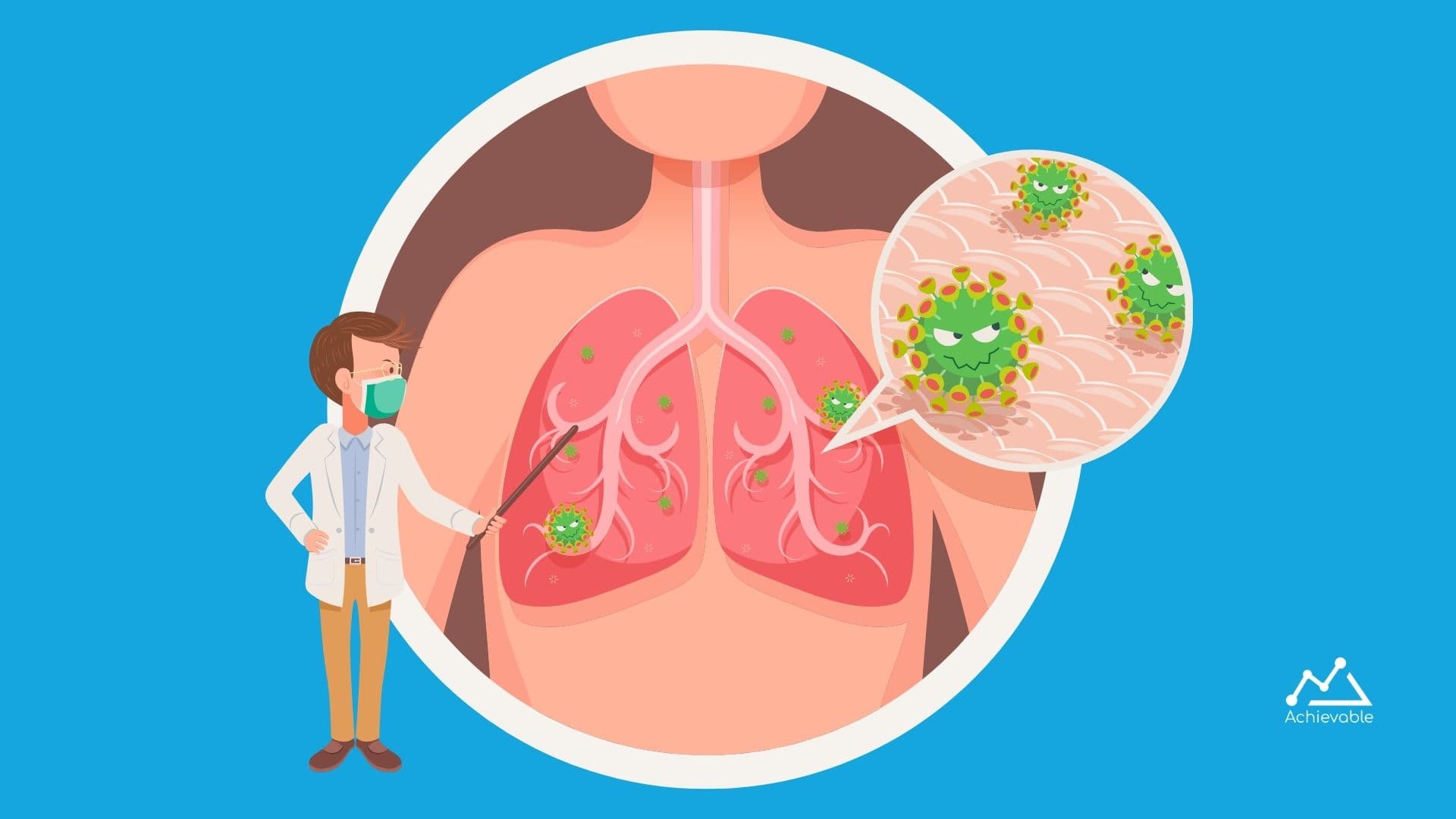
Getting into the medical field takes a lot of work. And a lot of years of studying. It can be a very lucrative and rewarding endeavor, but very trying. Even just getting into a top medical school is a challenge. Also, prospective medical doctors will need to contend with various qualification and licensing exams to become a full-fledged Doctor of Medicine.
Two of the most important tests that future doctors need to take are the MCAT and USMLE. But what are these tests? And how are they different?

Let’s first define what these two medical exams are, so we can better understand why each is a necessary step towards becoming a medical professional.
The Medical College Admission Test (MCAT) is a standardized computer-based exam for students who want to get into a medical school in the United States, Australia, Canada, and the Caribbean Islands. It is administered by the Association of American Medical Colleges. (AAMC)
The United States Medical Licensing Examination (USMLE), on the other hand, is an exam for medical licensure in the United States sponsored by the Federation of State Medical Boards (FSMB) and the National Board of Medical Examiners (NBME). Physicians who want to practice medicine in the United States need to pass this examination.
While both MCAT and USMLE prepare an individual for a future as a doctor of medicine, their objective is different primarily because of when they are taken.
The MCAT is typically taken after an undergraduate pre-med course in a science field. It is designed to determine a student’s readiness for medical school by assessing their knowledge of scientific concepts and principles of basic sciences, such as biology, physics, and chemistry.
Following a student’s entry into medical school, he/she needs to take the USMLE. This exam consists of three steps taken at different stages of the physician’s medical education and residency. It is designed to assess the test-taker’s competency for practicing safe medicine in the United States.
Basically, one takes the MCAT before medical school and the USMLE during and after medical school.
The way one takes the MCAT and the USMLE, and the way that they are structured are very different.
The MCAT is completely made up of multiple-choice questions and consists of four sections that are scored individually. Each section has about 50 to 60 questions and is allotted between 90 to 95 minutes. The exam lasts approximately 7.5 hours, which already includes the break time between sections. Students complete the test in one day using a computer at a testing center.
The USMLE, meanwhile, is very fragmented in that an individual needs to take it at different times in med school and during their residency. The exam is divided into three steps, which, unlike the MCAT, involves not only computer-based tests but also practical exams. Step 2, Clinical Skills (CS) in particular, involves encounters with standardized patients, where students must prove their knowledge of examining and diagnosing patients.
Step 1, taken during the second year of med school, is a sit-in, multiple-choice exam that lasts 8 hours. Step 2, taken during the fourth year of med school, is a two-part exam. The first part, Clinical Knowledge (CK), is a multiple-choice and computer-based case simulations exam that lasts a grueling 9 hours. The second part is the Clinical Skills, as mentioned above, is a hands-on exam.
The last step of the USMLE, Step 3, is taken during the first year of residency and is also a two-day exam. The test is a combination of multiple-choice and computer-based case simulations.

Test-takers will find that the content of the MCAT and the USMLE is also considerably different. The MCAT consists of three broad categories: reasoning skills, biological sciences, and physical sciences, including chemistry. The content is notably not very medical science specific. To illustrate further, here is a table and breakdown of the content of MCAT:
Section | No. of Questions | Minutes |
|---|---|---|
Chemical and Physical Foundations of Biological Systems | 59 | 95 |
Critical Analysis and Reasoning Skills | 53 | 90 |
Biological and Biochemical Foundations of Living Systems | 59 | 95 |
Psychological, Social and Biological Foundations of Behavior | 59 | 95 |
The USMLE content, conversely, is very medical-specific. In Step 1, the students will encounter topics such as anatomy, biochemistry, and pharmacology. In Step 2 CK, graduates are tested on their understanding of particular medical procedures, like internal medicine, surgery, obstetrics, pediatrics, and psychiatry. The second part of Step 2, CS, focuses on the student’s ability and knowledge in gathering patient information, diagnosing the patient, and reporting their findings.
Finally, the last USMLE test, Step 3, will contain questions on organ systems, patient management, diagnosis, prognosis, pathophysiology, and emergency care.
The four sections in the MCAT are scored from 118 to 132 each. The total MCAT score is the sum of the scores from these four sections, which ranges from 472 to 528 with a median score of 500. Scores are typically released between 30 to 35 days after the exam date.
There is no real pass or fail point in the MCAT because the score is used to assess an incoming medical student’s knowledge in comparison to other applicants. However, one must still strive to get a better than average score to get into a top medical school, which, by the way, will have their own average MCAT score.
On the one hand, the USMLE scores are reported as a three-digit number. While the passing scores have been reviewed and changed over the years, the current passing scores are 194 on Step 1, 209 on the Clinical Knowledge portion of Step 2, and 198 for Step 3.
The Clinical Skills portion of Step 2 is graded on a strictly pass or fail basis. The student needs to passing all three sub-components of this test to be able to continue and practice as a physician in the United States.
It is recommended that a student takes the MCAT in April or May of the year before their plan of starting medical school. So if the goal is to become a first-year medical student in the 2022 school year, then the student needs to take the MCAT in April or May of 2021.
For the multi-step USMLE, the exam takes place over a period of the individual’s medical education. Step 1 is taken at the end of a student’s second year in med school. The test is available to take year-round and needs to be scheduled with a Prometric test center.
Step 2 of the USMLE is normally taken during the end of a student’s fourth year in med school. Step 2 CK is similar to Step 1, available all year, and can be scheduled with the test center. Step 2 CS, however, is only available at five testing centers in the US, so checking the availability of test dates with one of the testing centers is a must.
Step 3 of the USMLE is typically taken after the physician’s first year of residency. The exam is also available all year, but a scheduling permit is needed for the test-taker to select his/her test date.

This video explains the changes seen in cardiac cycle tracings in valvular heart diseases. You can learn key features to help you differentiate normal from abnormal tracings in specific valvular disorders.

In this video Sujata explains the pathophysiology, diagnosis and management of pneumothorax. It is a high yield concept for all steps of the USMLE. Pneumothorax is of four different types and management is guided by the type and severity.

Fluid shifts between body compartments occur between the ECF (extracellular fluid) and ICF (intracellular fluid). It is determined by changes in osmolarity of ICF or ECF. The video explains the fluid shifts in different disorders and the types of volume contraction and expansion.